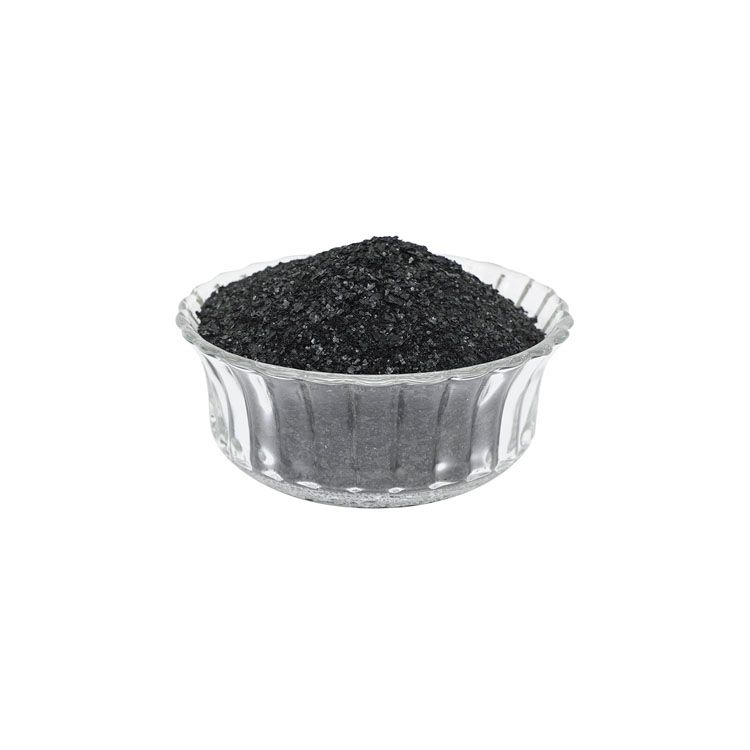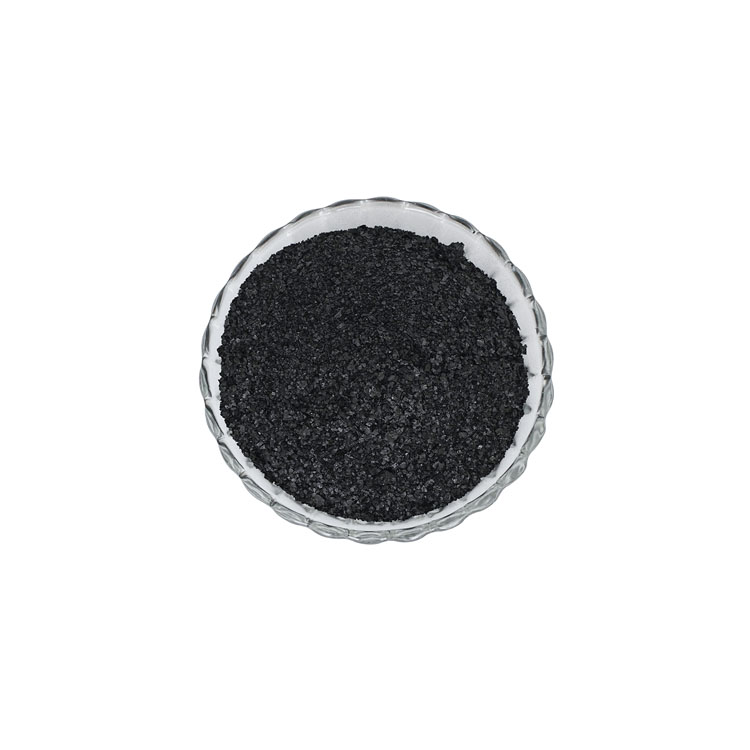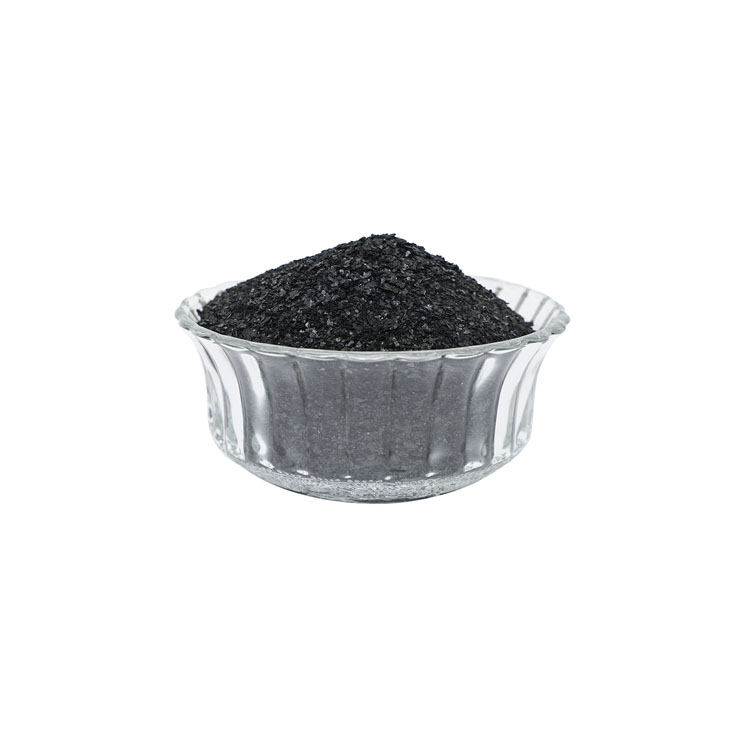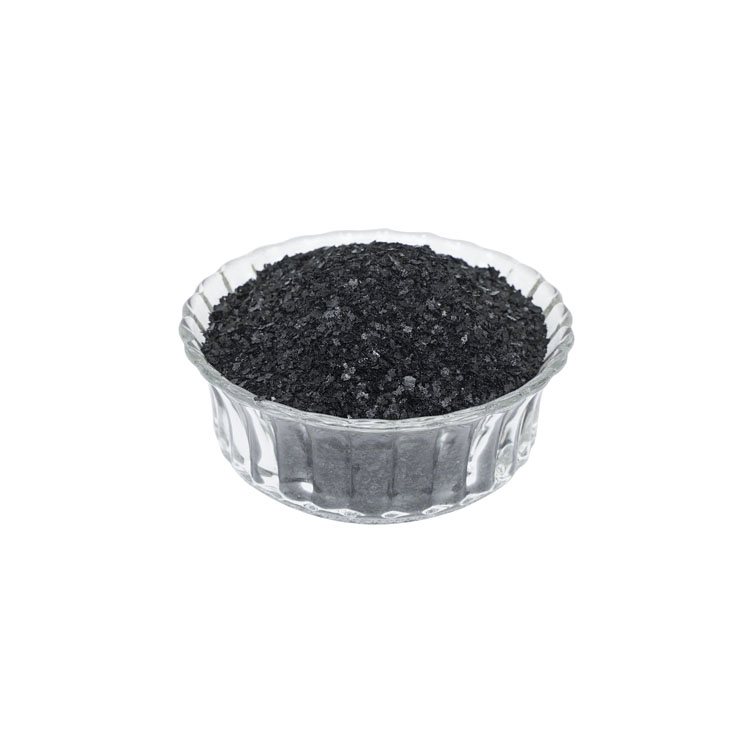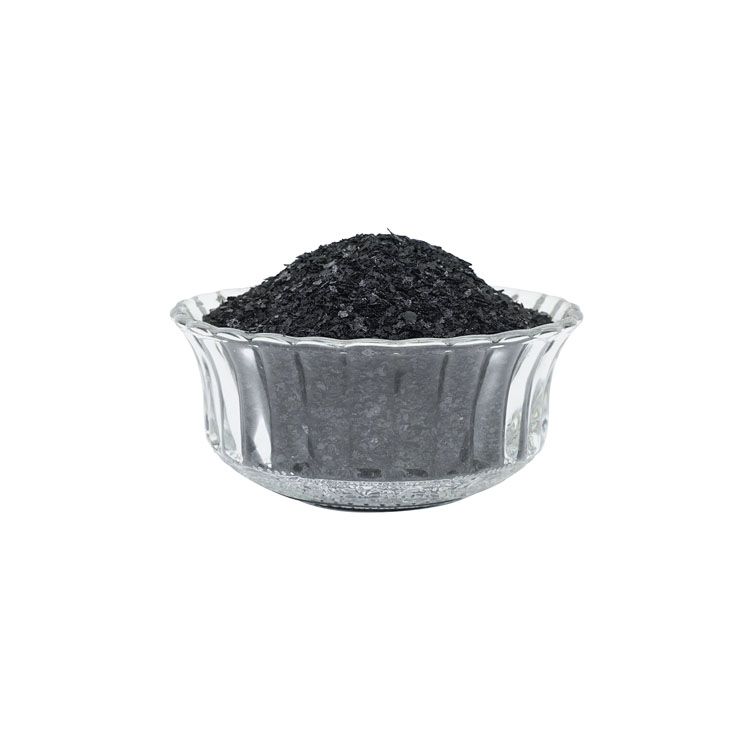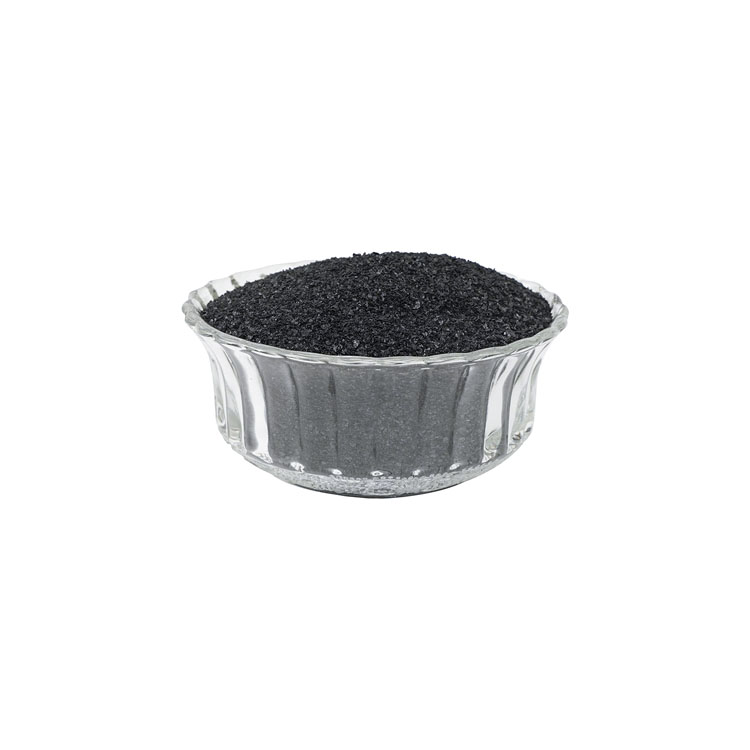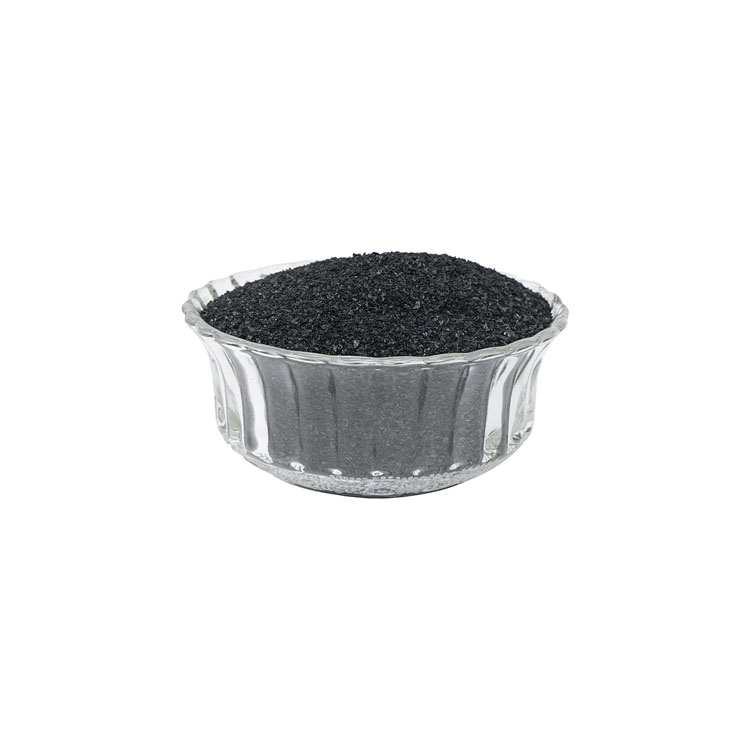Fertilizer Humic Acid For Lawns
ADVANTAGES:
Humic acid can provide several benefits for lawns, including:
Improved soil structure: Humic acid helps to improve soil structure by binding soil particles together, which can increase soil porosity and water retention.
Enhanced nutrient uptake: Humic acid can help to chelate or bind essential nutrients in the soil, making them more readily available for plants to uptake. This can improve nutrient uptake and overall plant health.
Increased microbial activity: Humic acid can stimulate microbial activity in the soil, which can help to break down organic matter and release nutrients for plant uptake.
Stress resistance: Humic acid has been shown to help plants cope with environmental stresses such as drought, heat, and disease. It can improve the plant's ability to absorb nutrients and water, making it more resilient to stressors.
Improved root development: Humic acid can stimulate root growth and development, leading to stronger and healthier root systems. This can help plants better access water and nutrients in the soil.
Overall, incorporating humic acid into a lawn care program can help improve soil health, nutrient availability, and plant resilience, leading to a healthier and more vibrant lawn.
INTRODUCTION
Here are some general instructions for using humic acid on lawns:
Choose the right product: There are different forms of humic acid available, such as liquid concentrates, granular products, and powdered formulations. Select a product that is suitable for lawn application and follow the manufacturer's directions for application rates.
Timing: Apply humic acid to the lawn during the growing season when the grass is actively growing and the soil is not waterlogged. Early spring and fall are generally good times to apply humic acid to lawns.
Prepare the lawn: Before applying humic acid, mow the lawn to an appropriate height and remove any debris or thatch that may obstruct the penetration of the product into the soil.
Application method: Humic acid can be applied to lawns either by foliar spraying or soil drenching. Follow the product label instructions for the recommended application method and rates.
Watering: After applying humic acid to the lawn, water the area thoroughly to help the product penetrate into the soil and reach the root zone of the grass.
Repeat applications: Depending on the condition of the soil and lawn, multiple applications of humic acid throughout the growing season may be beneficial. Follow the product label instructions for the frequency of application.
Monitor results: Pay attention to the condition of the lawn after applying humic acid. Look for improvements in soil structure, grass color, root development, and overall lawn health.
It's always a good idea to consult with a local lawn care professional or extension service for specific recommendations on using humic acid for lawns in your area.
SPECIFICATION:
Appearance | Flake |
Fulvic acid content (as dry basis) | 40% min |
Potassium content (K2O as dry basis) | 12% min |
PH value | 9-11 |
Water Solubility | 100% |
1KG 10KG, 25KG package,and customer designated packing is available.
Product should store at a cool, dry and well-ventilated environment.
